Retro Replay Review
Gameplay
Renegade Legion: Interceptor faithfully adapts FASA’s classic board game rules into a tactical space‐combat simulation. Missions unfold in a phased system where players plot maneuvers, execute energy management, and engage in dogfights across a three‐dimensional playfield. The depth of the phase‐based turns—comprising planning, movement, and combat resolution—offers a satisfying balance of strategy and action that rewards foresight as well as split‐second decisions.
Players can choose to fly for the Terran Overlord Government or the Commonwealth Rebels, each side boasting different ship classes, weapon loadouts, and strategic priorities. Terran ships favor raw firepower and heavy armor, while Commonwealth fighters rely on agility and advanced ECM suites. This dichotomy lends each skirmish or campaign mission a fresh tactical identity: going head‐to‐head with a massed Terran fighter wing feels vastly different from outsmarting their targeting systems under Rebel flag.
The dual modes—skirmish and campaign—cater to both quick play sessions and long‐term narratives. Skirmish matches let you set custom engagement parameters: select opposing forces, arrange objectives like “destroy high‐value targets” or “escort dropships,” and adjust environmental hazards. Meanwhile, the campaign ties missions together, introducing persistent pilot experience, resource management, and branching story choices that can shift the balance of power in the sector you’re operating in.
Controls strike a competent mix of arcade and simulation. Basic flight maneuvers are intuitive, with auto‐targeting assists to keep new players on track, while advanced systems—thrust vectoring, energy allocation between shields and lasers, and electronic warfare—unfold more gradually. The learning curve is approachable but still gives veteran flight sim fans room to master advanced tactics, such as flanking enemy wings or timing missile salvos to exploit shield recharge cycles.
Graphics
Although Interceptor leverages technology from its era, it presents a crisp visual style that still holds up for fans of retro space sims. Ships are rendered in 3D with clean polygonal models, detailed cockpits, and animated control panels. The stark contrast between sleek Commonwealth frames and imposing Terran dreadnought silhouettes pops against the star‐field backdrops.
Particle effects—thrusters, laser beams, and missile trails—lend dynamism to engagements, while shield impacts and hull breaches explode into satisfying bursts of debris. Nebula clouds, asteroid belts, and the occasional planet in the distance provide varied terrain for dogfights, both in terms of aesthetics and tactical cover. Performance is smooth on modern hardware, with options to toggle effects density to ensure silky frame rates even in large fleet skirmishes.
The user interface follows clear, color‐coded conventions: green reticles for friendly contacts, red for enemies, orange for neutral or mission‐critical assets. HUD elements show shield and hull status, energy reserves, and lock‐on timers without overwhelming the view. Menu screens echo the board game’s aesthetic, with hex maps and unit cards reinterpreted in a polished digital layout that feels both nostalgic and fresh.
Cutscenes between campaign missions use stylized illustrations and dynamic camera pans to advance the narrative. While these storytelling segments aren’t blockbuster Hollywood quality, their art direction conveys the gritty, militaristic tone of the Renegade Legion universe and keeps engagement high between playable sorties.
Story
Renegade Legion: Interceptor drops you into the cold war between the Terran Overlord Government and the restless Commonwealth Rebels. Each campaign branch opens with a political flashpoint—smuggled weapons, civilian casualties, or defection of a high‐ranking officer—and escalates into full‐scale orbital skirmishes. Mission briefings and debriefings deliver world‐building details, making you feel like a key player in the unfolding rebellion.
The Terran Overlord narrative emphasizes maintaining imperial stability and crushing insurgent footholds across vital star systems. You’ll undertake covert reconnaissance, surgical strikes on Rebel command posts, and large‐scale fleet engagements aimed at quelling uprisings before they spread. Along the way, you encounter morally ambiguous orders that challenge your loyalty: Will you execute civilians to send a message, or risk your career to save innocents?
Playing as the Commonwealth Rebels flips the perspective to an underdog struggle for autonomy. Missions revolve around sabotage, hit‐and‐run raids, and alliance‐building with fringe systems. Rebel campaigns often require resourcefulness—scavenging salvage for new weapons or modifying civilian craft into makeshift gunships. This narrative arc resonates with anyone who’s ever rooted for freedom fighters facing a technologically superior foe.
Character interactions—fellow pilots, commanding officers, and defectors—add emotional weight to the conflict. While the cast is small, each voiceover line and choice in dialogue can influence morale, unlock specialized missions, or lead to surprising betrayals. These story‐driven elements ensure that each campaign feels personal, not just a sequence of isolated dogfights.
Overall Experience
Renegade Legion: Interceptor strikes a solid balance between faithful board game adaptation and modern space‐combat design. Its appeal lies in the strategic depth of phased combat, the tactile satisfaction of dogfighting in three dimensions, and the replayability offered by dual‐side campaigns. Whether you’re a veteran of the original tabletop series or a newcomer intrigued by interstellar dogfights, the game provides a robust package.
Some aspects feel dated—the occasional stiff camera transitions or spare cutscene production values—but these minor quibbles are easily forgiven when you’re launching missile barrages or deftly weaving through an asteroid field. The learning curve smartly scales with difficulty, allowing casual players to get comfortable before tackling advanced scenarios that test every skill in your pilot’s toolkit.
Replay value is high: experiment with different ship builds, tweak energy allocations for unconventional tactics, and swap allegiances to see both sides of the war. Multiplayer skirmishes further extend longevity, letting you pit your strategies and flying prowess against human opponents in fast‐paced dogfights.
Ultimately, Renegade Legion: Interceptor delivers a compelling blend of strategy, action, and narrative intrigue. It’s a standout title for fans of tactical space simulators and a worthy entry point for those curious about the deep lore of FASA’s universe. If you crave thoughtful dogfights and branching campaign stories, this game is well worth charting a course through its war-torn star lanes.
 Retro Replay Retro Replay gaming reviews, news, emulation, geek stuff and more!
Retro Replay Retro Replay gaming reviews, news, emulation, geek stuff and more!
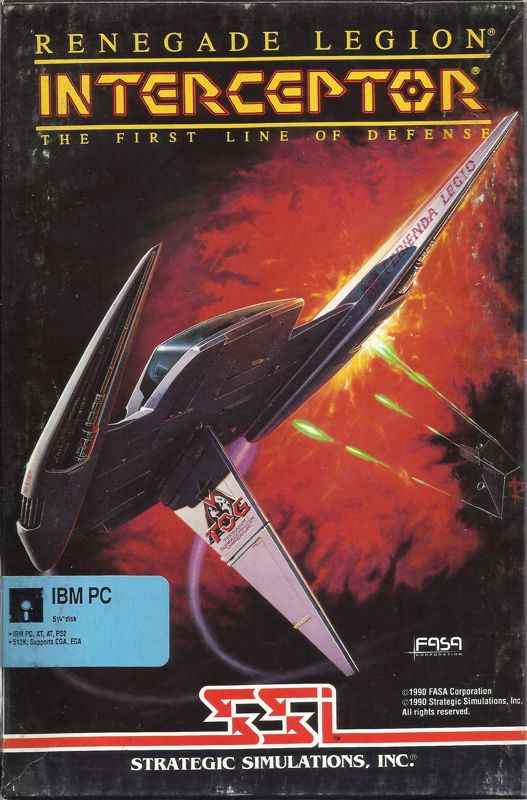
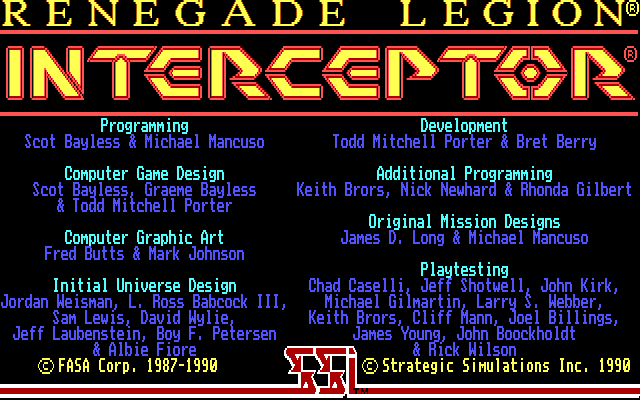
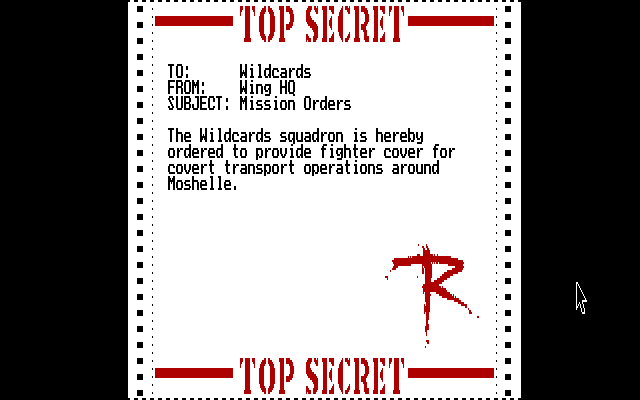
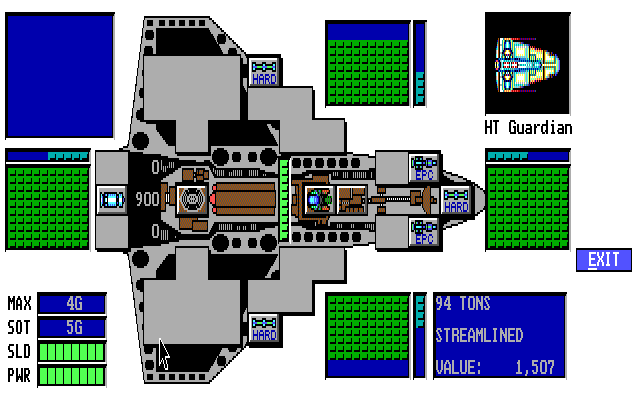
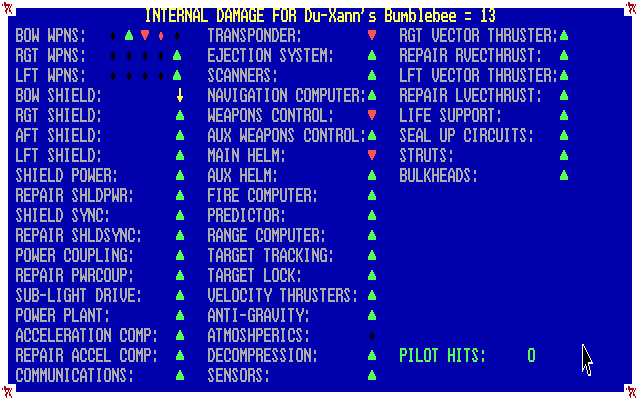
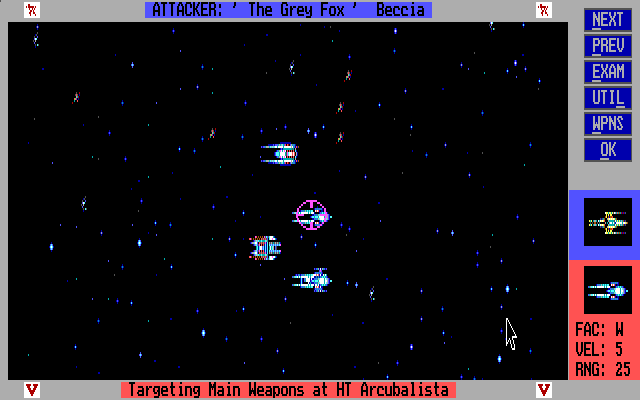



Reviews
There are no reviews yet.